Growing Pains
This story was originally published in the second edition of The Lion’s Tale (October 24, 2018).
Oviedo’s small-town, family-friendly atmosphere has been revered for years. The historical landmarks that dot the landscape are a defining feature.
“The Townhouse Restaurant and the Lawton House are just things I think of when I think Oviedo,” said senior Kelsey Cheney.
Brian Beute, president of the Save Rural Seminole organization, said that Seminole County, of which Oviedo is a part, has always been a family-oriented place.
“The Little Big Econ forest is a place where many local residents have fond memories,” Beute said. “It’s a place where you can go with your families.”
To Beute, the Oviedo-Chuluota-Geneva area has a different atmosphere than other cities in the Orlando area.
“When I moved from urban Winter Park to a ranch on Chuluota a while back, I was just really struck by how calm it was,” Beute said. “This is a way of life that is completely different from the city life.”
AP Human Geography teacher Kimberly McKernan said the atmosphere appeals to her as well.
“I know that many of my students live in neighborhoods that are often crowded,” McKernan said. “They don’t have a lot of yard space. But on my farm, it’s so much calmer. There’s room for my kids to play and grow.”
Yet, McKernan has seen changes over the years.
“I remember when I was younger, Oviedo was a really small local town,” McKernan said. “Disney was there, of course, but Oviedo had still been [very] rural.”
Once, that was true of Orlando as well. Before the theme parks and skyscrapers, Orlando was a homey small town of the 20th century. It was another Oviedo.
Fast forward approximately 50 years to today, and the city of Orlando is a bustling city that 72 million people visit annually, with a population of over 277,000 people.
Yet, Oviedo has remained–for the most part–a small town.
However, that is changing.
City plans for growth
Developments such as the Oviedo on the Park project, the Stonehill Plaza project, and renovation of the streets in the historic downtown area seem to signal Oviedo and its leaders are ready to take the big leap into city life. According to the City of Oviedo, “the diversification of the local economy,” is a key goal of these changes.
Since 2003, the City of Oviedo has had plans to develop a new downtown area on 674 acres of land. The city council and mayor originally approved the plan in 2008, but a financial recession pushed the construction back to 2011. The first new buildings started to take shape and open in 2014 along Mitchell Hammock Road.
Yet all this may come at a cost, according to Beute.
“All Seminole County residents benefit by setting aside an area within its county for less density and increased preservation for the purpose of recreation,” Beute said.
Certain rules have set aside such spaces.
“The Home Rule Amendment designates a rural boundary along Geneva and Chuluota,” Beute said. “A rural boundary creates a rural area [that] is considered less dense in people and construction. The area outside the rural boundary allows for higher-density development.”
This means that developers have traditionally not been allowed to urbanize that region. However, this amendment can be overridden by the local county commissions, according to Beute.
Much like the Seminole County rural boundary, Oviedo has a Community Redevelopment Agency (CRA) boundary, which designates much of the town for new developments that are of a higher density and expands upon “mixed-use” development. Plans prepared by the Oviedo CRA show a wealth of changes completed and planned.
“There are definitely more people in Oviedo now,” Cheney said.
Change throughout county
These changes haven’t just been occurring in Oviedo; they are being echoed around Seminole County as an influx of new residents settle in.
Catie Sacks, the Heritage Park development manager in Sanford, said the goal is to provide people with opportunities.
“Heritage Park seeks to offer new housing, shopping and dining opportunities for people to live and work in downtown Sanford,” Sacks said. “This project hopes to bring the community together and offer something for everyone to enjoy.”
Even in Orlando, there are stadium renovations and a renewed interest in local businesses.
Other projects, such as a new housing development proposed in the River Cross area, have announced plans to create neighborhoods in the rural boundary area of Seminole County.
The Save Rural Seminole organization has begun a legal battle with the River Cross developers over how the land can be used. This controversy has brought the conversation about urbanization to the forefront of conversations.
“I don’t really like how all the forests and preserves are disappearing, but at the same time, it’s kind of nice to have more stores and restaurants,” Cheney said.
As a new resident of Chuluota and an employee at the Publix store in Chuluota, senior Jonas Allen has a complex attitude towards the gradual urbanization.
“All of the urbanization is for a reason– to benefit the population,” Allen said. “But at the same time, I think we shouldn’t be doing too much.”
Your donation will support the student journalists of Oviedo High School. Your contribution will allow us to purchase equipment and cover our annual website hosting and printing costs. Thank you!

![Prom king Colin Napier and queen Leah Hopkins dance the night away during the Golden Gala on April 26th. Prior to the prom, the Student Government must make many preparations over the course of months in order to ensure it goes off without a hitch. However, their work eventually pays off when it comes time for the dance. “We set up [the prom] the day before, and it’s horrible. We’re there for a very long time, and then we get our beauty sleep, and then we get ready for prom the next day,” Aubrie Sandifer said.](https://oviedojournalism.com/wp-content/uploads/2025/05/Oviedo-197-800x1200.jpg)
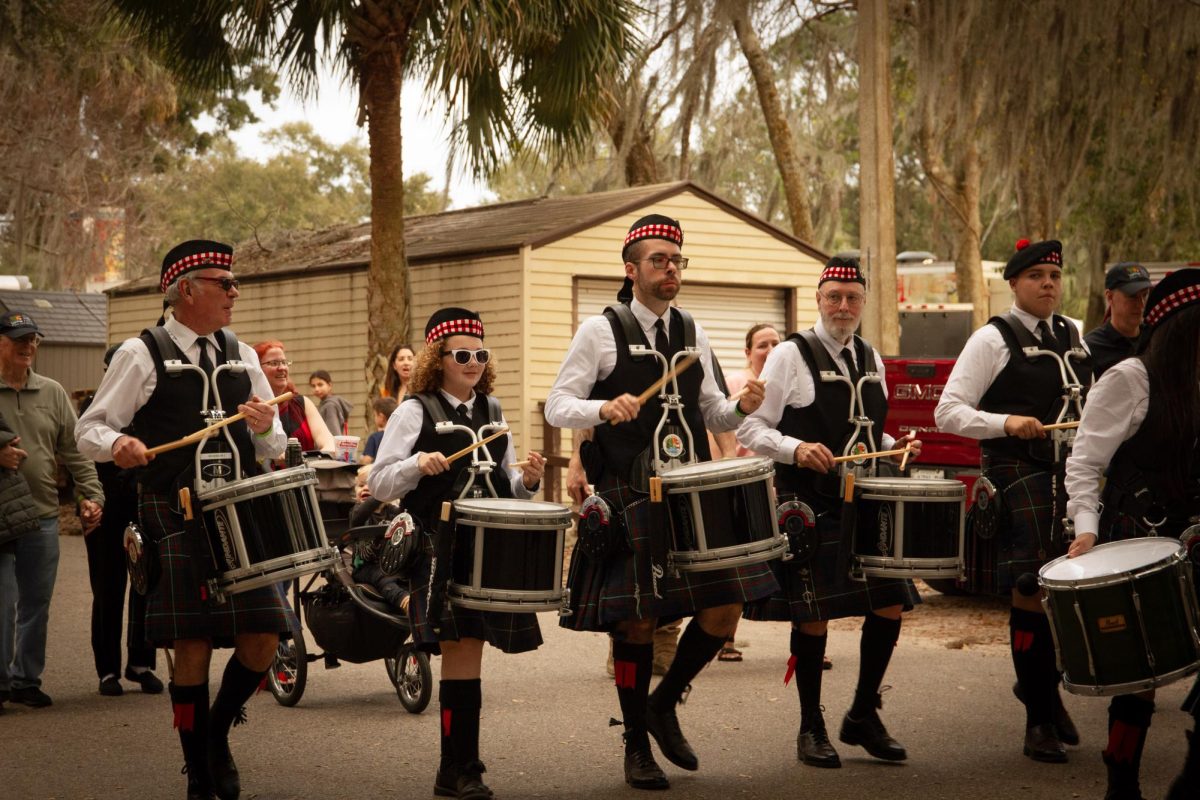
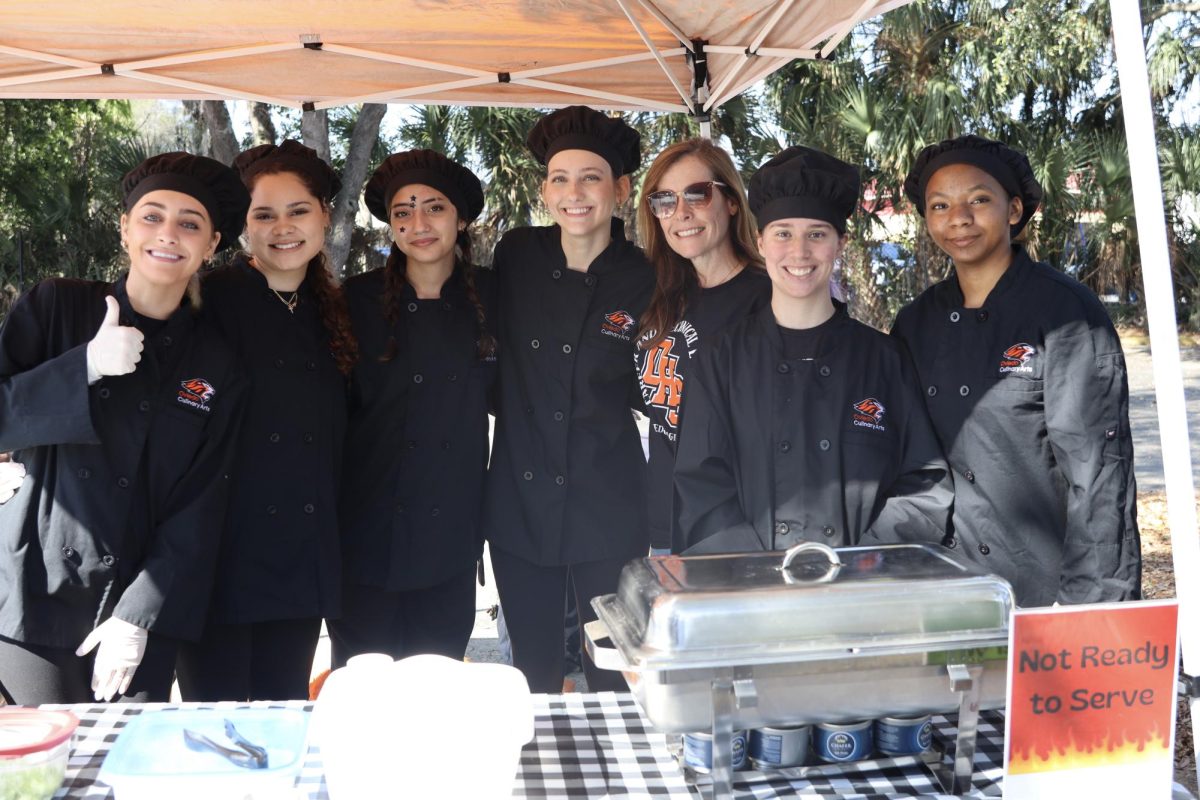
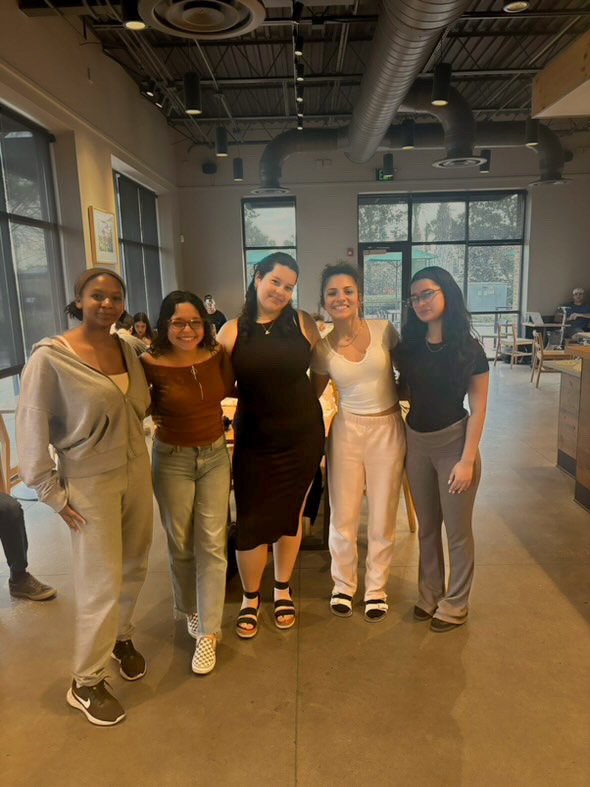



![Hopkins at Honor Grad with golf coach John McKernan. As Hopkins’ golf coach for the last two years he has seen Hopkins’ growth as a player and person along with their contributions to the team. “[Hopkins] has just been really helpful since I took [the golf team] over, just anything I wanted to do I ran by [Hopkins],” said McKernan.](https://oviedojournalism.com/wp-content/uploads/2025/05/B66A7760-800x1200.jpg)


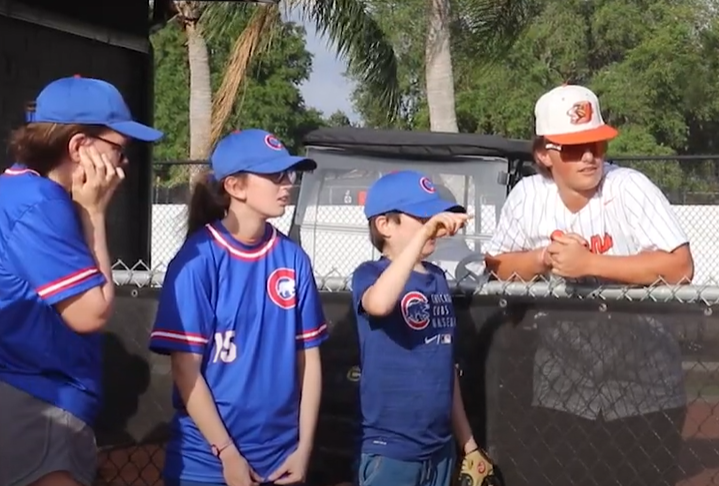


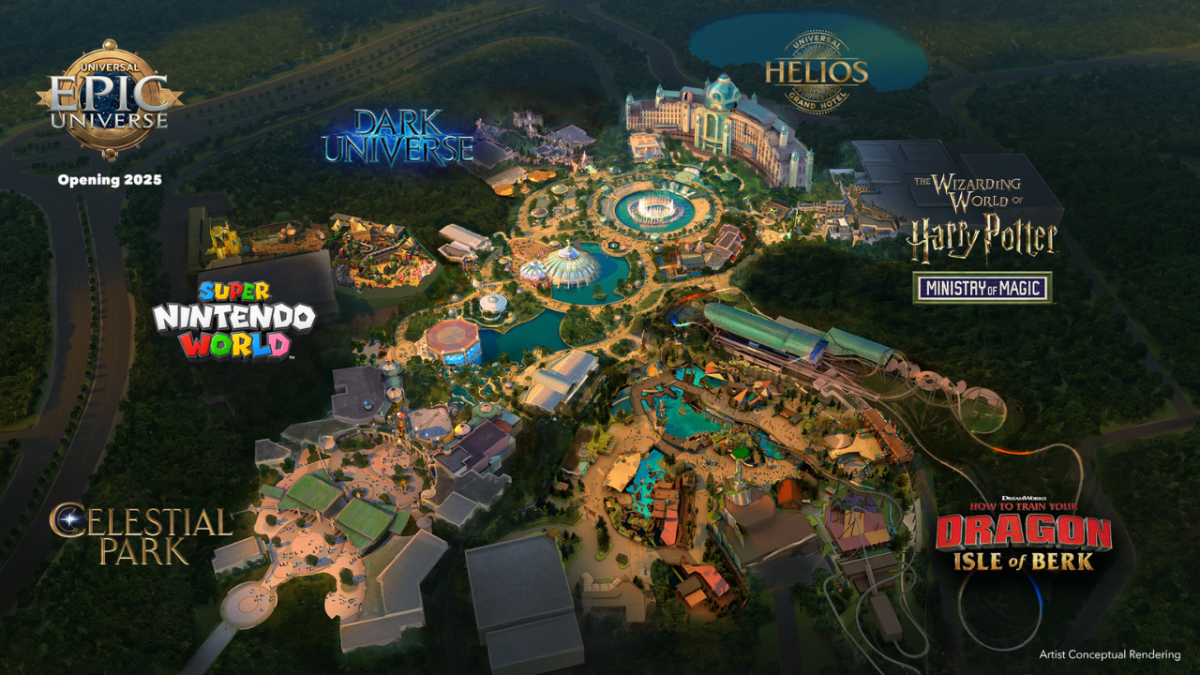






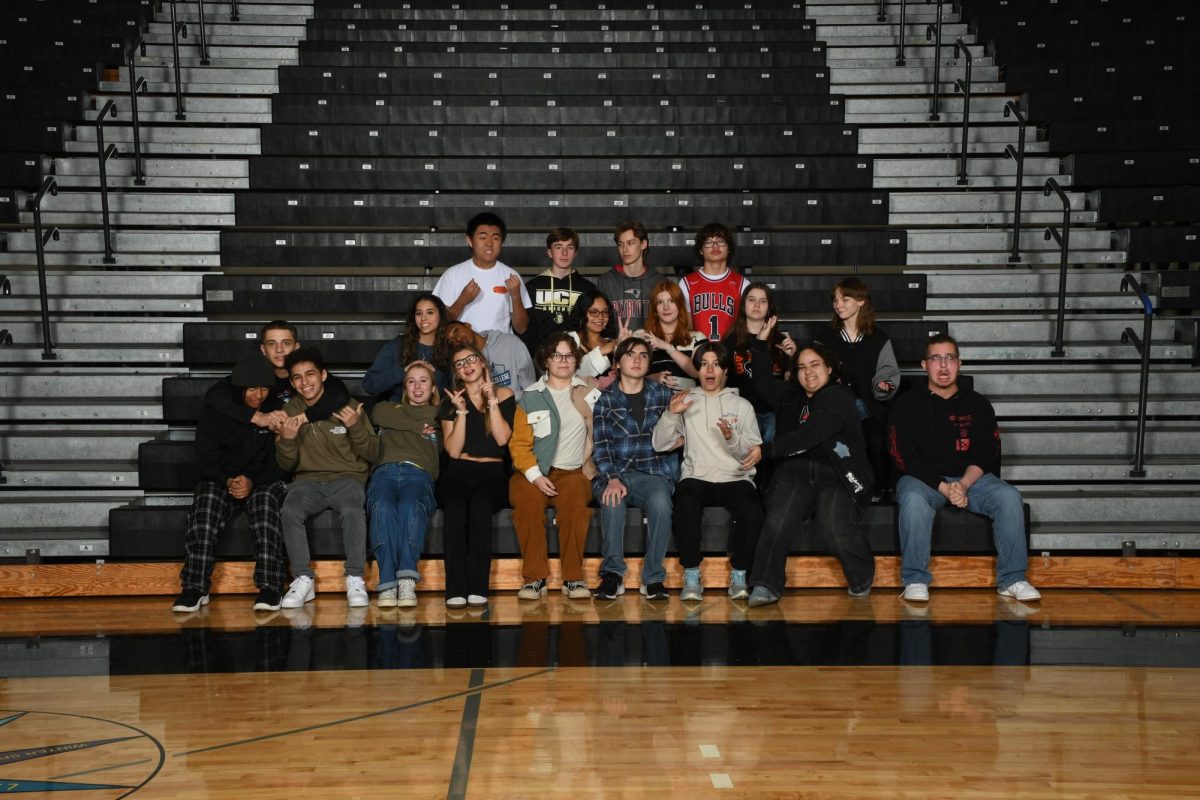










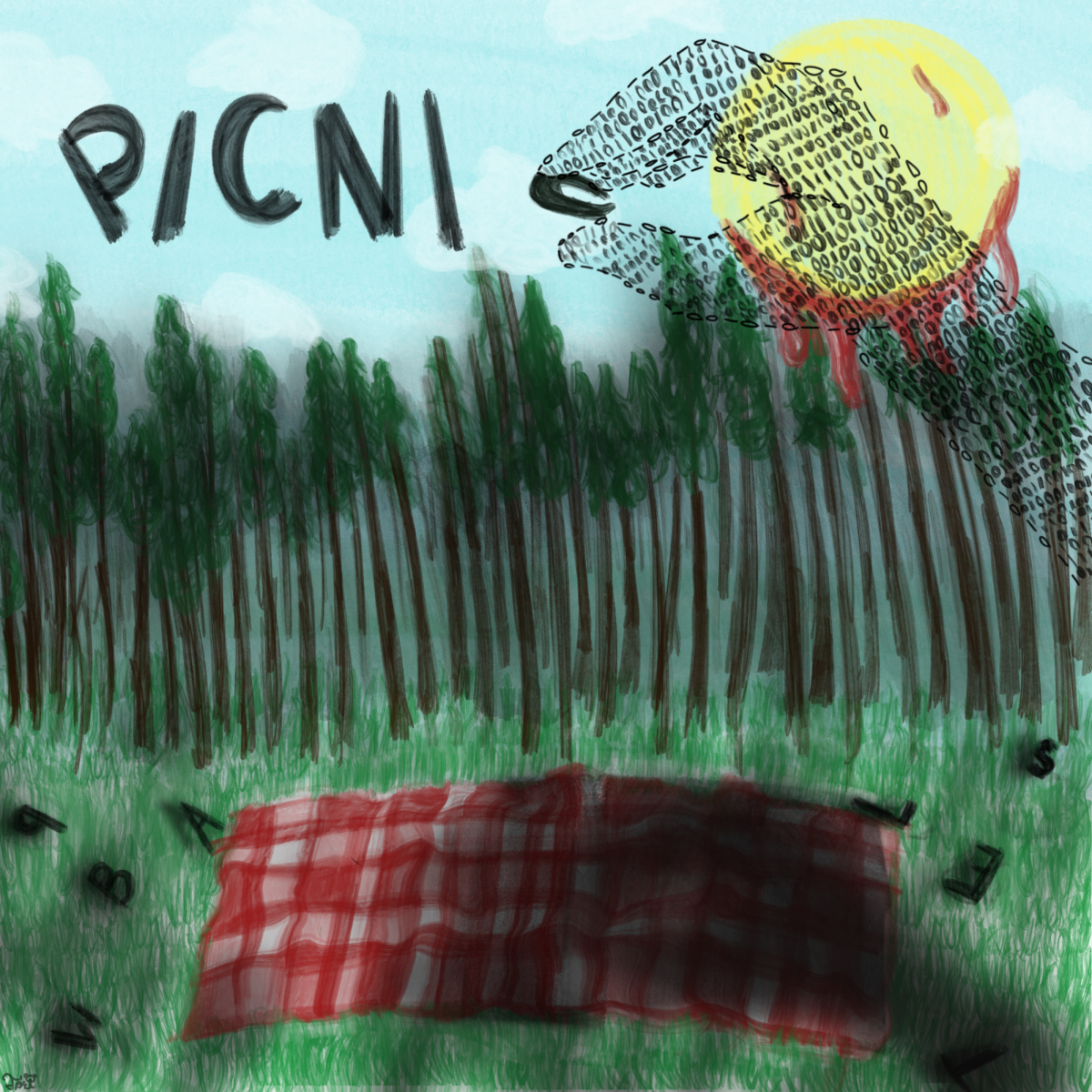




![Prom king Colin Napier and queen Leah Hopkins dance the night away during the Golden Gala on April 26th. Prior to the prom, the Student Government must make many preparations over the course of months in order to ensure it goes off without a hitch. However, their work eventually pays off when it comes time for the dance. “We set up [the prom] the day before, and it’s horrible. We’re there for a very long time, and then we get our beauty sleep, and then we get ready for prom the next day,” Aubrie Sandifer said.](https://oviedojournalism.com/wp-content/uploads/2025/05/Oviedo-197-400x600.jpg)
![Hopkins at Honor Grad with golf coach John McKernan. As Hopkins’ golf coach for the last two years he has seen Hopkins’ growth as a player and person along with their contributions to the team. “[Hopkins] has just been really helpful since I took [the golf team] over, just anything I wanted to do I ran by [Hopkins],” said McKernan.](https://oviedojournalism.com/wp-content/uploads/2025/05/B66A7760-400x600.jpg)
